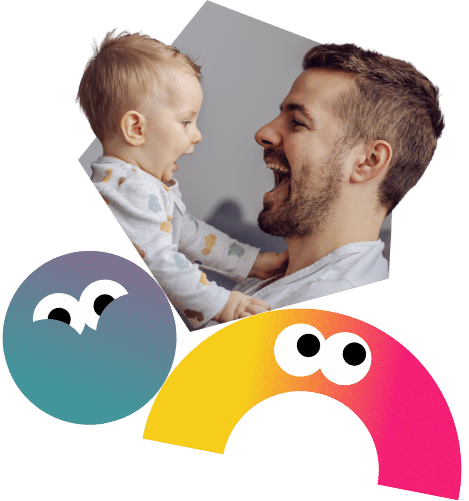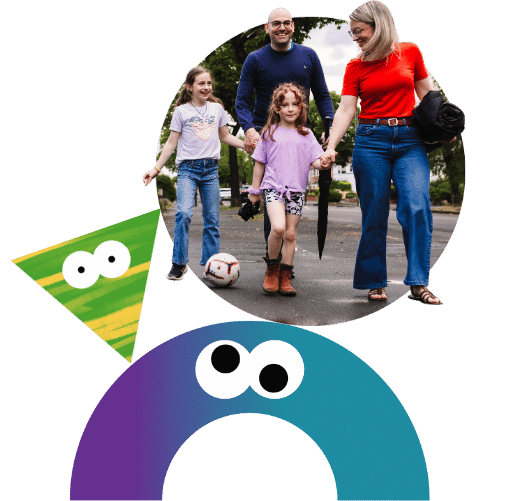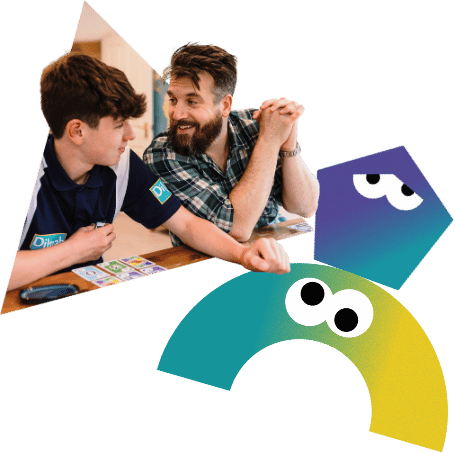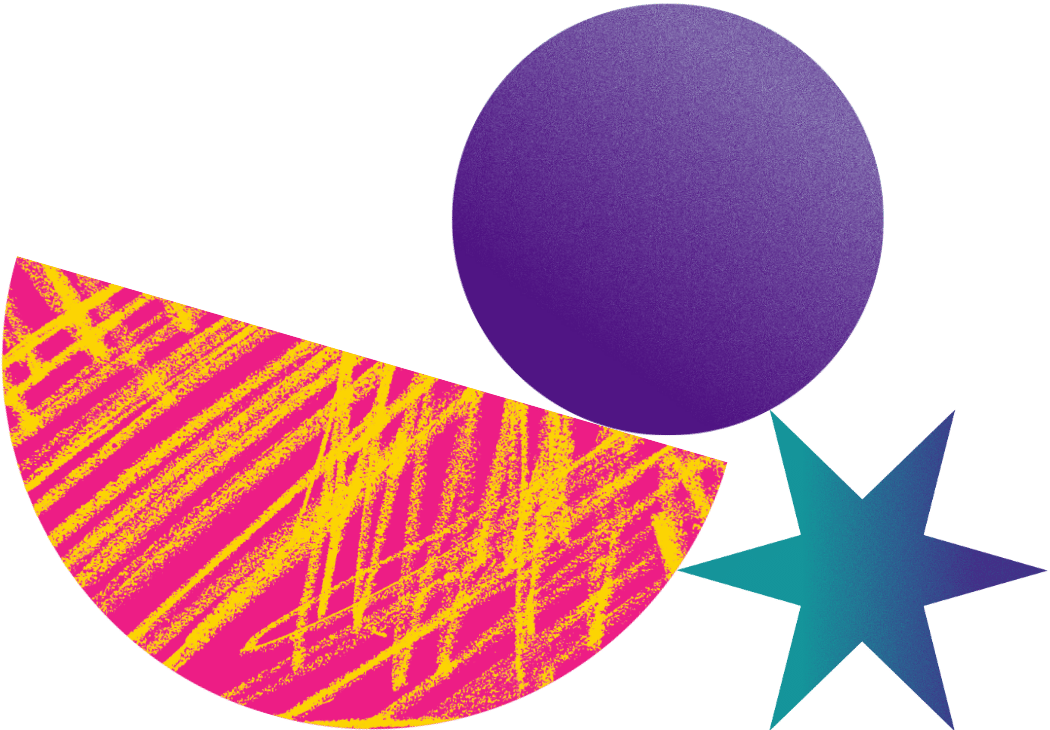Brain development through childhood
This guide shares key information about brain development at each stage, helping you respond in ways that nurture relationships and support emotional health.

Your baby
Before baby is born
By 18 weeks of pregnancy, your baby’s brain has developed one to two billion basic cells. Only a small amount are connected at this stage—mainly those linked to hearing and instinctive responses like searching for food. That’s why newborns often recognise their mother’s voice and instinctively search for the breast or bottle to feed.
When baby is born
At Togetherness, we’re asked: what is more important for brain development: nature (our genes) or nurture (how a baby is looked after physically and emotionally)? The answer is both. Genes lay the foundation, and the way a baby is cared for affects how a baby’s brain develops.
In the first three years, the brain is busy forming connections between cells to help your child manage their emotional world. These connections are shaped by everyday experiences—what your baby sees, hears, feels, tastes and smells.
Early communication and connection
At birth, babies can already recognise speech rhythms and familiar voices. They can recognise their mothers voice, and if your partner spoke to the baby while still in the womb, they’ll likely recognise their voice too.
Vision develops rapidly after birth. Babies begin to match voices with faces, especially their mother and main carers. Early development of hearing and vision allows a baby to match the voice and face of the main person caring for them. These early experiences of communication can help build the foundations for language and emotional connection.
The power of emotional experiences
In the first year, emotional experiences deeply influence brain development. Your baby’s brain is constantly receiving and storing information. To process it, they sometimes need to pause by turning away, closing their eyes, or yawning. This isn’t boredom. The best connections are made when the baby shuts off the stimulation from the outside world. It’s essential brain work.
If you wait a few seconds, you will see your baby re-engages when their brain is ready. These ‘look away’ moments are vital for learning and continue to be important throughout life. As the baby grows into a child, teenager and adult, their brain will continue to need this ‘look away’ time as they learn so that the brain can make the best connections possible.
Once baby’s brain is sure that it has made the connections that it needs to survive in their physical and emotional environment, the brain strengthens useful connections and discards others through a process called ‘pruning’. This helps the brain stay efficient and focused.
Your baby thrives on interaction. Eye contact, smiling, babbling, and gentle touch all help build strong brain connections. Watch for cues—when your baby looks away, give them space. When they re-engage, respond warmly.
Simple actions like smiling and chatting teach your baby about turn-taking and communication, helping baby begin to learn how to have a two-way conversation. These moments help shape their emotional resilience and confidence.
Childhood
Building on the early years
By age two, your child’s brain has as many connections as an adult’s. Most of the core foundations—those early building blocks—are formed in the first three years. These connections shape how your child learns, feels and relates to others.
From ages three to 10, the brain continues to grow, but at a steadier pace. During this time, it’s busy storing memories and reorganising emotional and learning experiences from earlier years.
Children still need moments of pause, just like babies do, to help their brains process new information. Instead of turning away, they might glance at the floor, stop what they’re doing or seem distracted for a moment. These pauses are part of how they learn.
The number of connections a child creates in the brain as they enter adulthood can be affected by the emotional and physical experiences they have a small child. Positive, nurturing interactions can increase brain connections by up to 25%, helping your child build resilience, confidence and emotional resilience.

Teenagers

A second wave of rapid brain growth
As your child begins puberty, your teenager’s brain enters a second major growth phase which is similar in intensity to the first three years of life. This rapid development can affect emotions, decision-making, sleep and communication.
Emotions and decision-making
Teenagers may seem more reactive or impulsive. That’s because their brain is reorganising itself, and key areas—like the frontal lobe, which supports reasoning—are still developing. This can make decision-making more challenging for teenagers and lead to choices that feel spontaneous or risky.
Speech and social cues
The speech centre of the brain is also changing. For a time, it’s influenced by parts of the brain linked to instinct and emotion. This can lead to quick, unfiltered responses and difficulty interpreting facial expressions, especially those showing negative emotions.
Sleep and growth
Puberty shifts the body clock. Teenagers often fall asleep later (after 11pm) and need more sleep—sometimes up to 12 hours. During this time, their body releases up to 80% of the growth hormone they need. Like babies, they often wake up hungry after a long sleep.
A consistent bedtime routine can help your child get good quality sleep. We recommend avoiding screens and caffeine before bed and aim for a regular wake-up time even on weekends. As teenagers reach their late teens, their sleep patterns begin to shift again, making it easier to fall asleep and wake earlier.
Relationships with peers and social groups
The influence of peers becomes greater as teenagers navigate new social groups and relationships in the adult world. Feelings such as rejection can be powerful. Having a reliable, sensitive adult to help them become calm and cope with painful feelings will support them while the different parts of their brain development become aligned.
The role of early experiences
Positive early emotional experiences lay the groundwork for helping teenagers cope with this intense phase of brain development and growth. If those foundations and early experiences were challenging, teens may need extra support from sensitive, understanding adults. This helps calm reactive parts of the brain and strengthen areas that support reasoning and emotional regulation.
Togetherness is here to support you at every stage of your parenting journey.
Our expert-led, online learning pathways offer insights into child development and emotional health, helping you build strong, connected relationships with your child.

